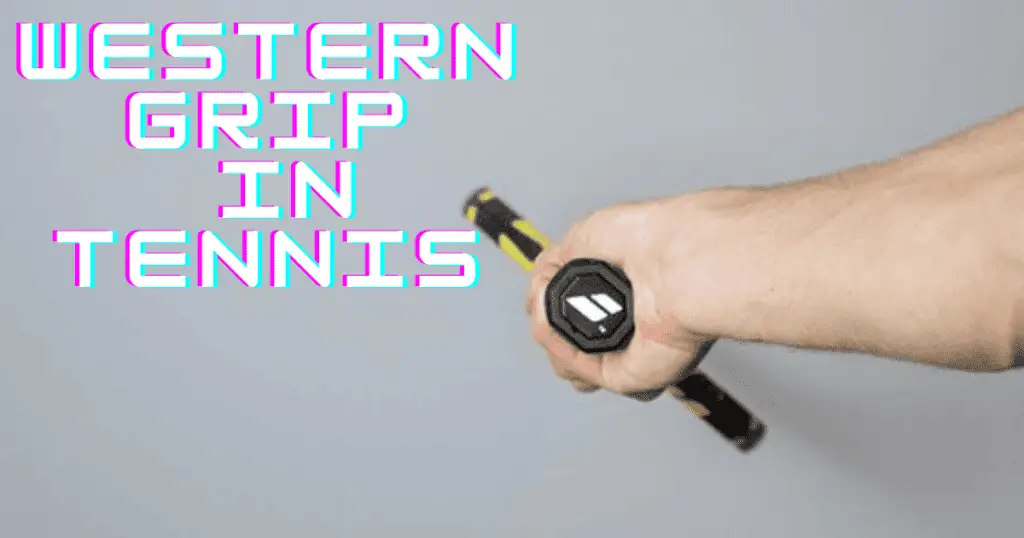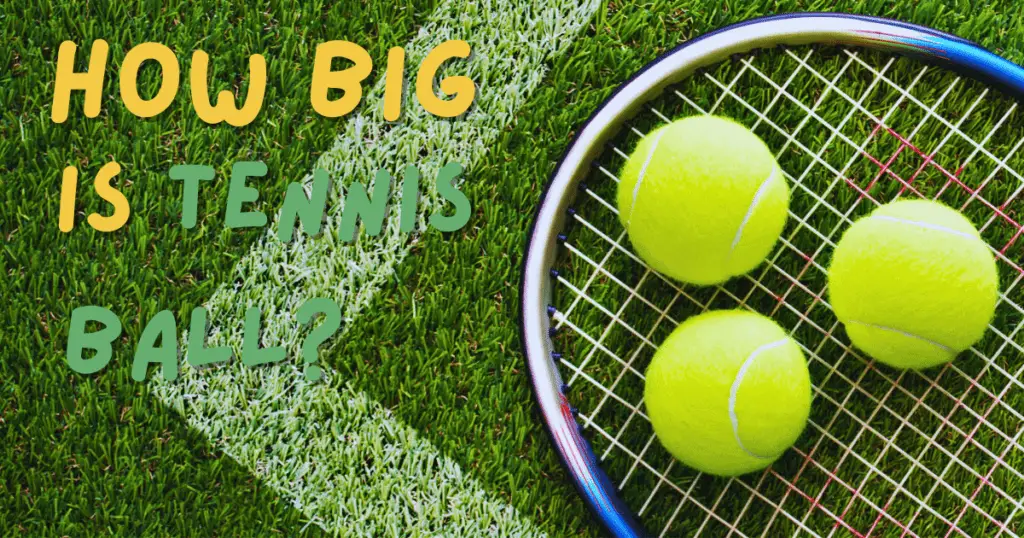Introduction
Tennis is not just a game it’s an art, a dance on the court where every move counts. One crucial element western grip in tennis that can elevate your game to new heights. In this comprehensive guide, we will delve into the nuances of the Western grip, exploring its techniques, advantages, and its profound impact on your tennis prowess.
What is the Western Grip in Tennis?
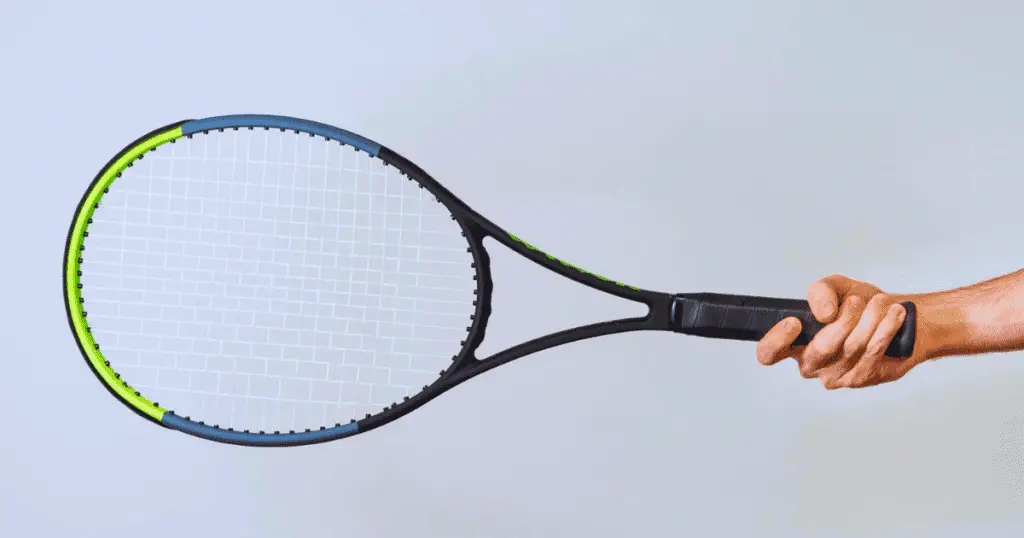
Before we dive into the intricacies, let’s establish a clear understanding of the Western grip. This particular grip involves placing the base knuckle of your index finger on the third bevel of the tennis racket handle. It’s a grip known for its unique positioning, offering players a distinct advantage in certain aspects of the game.
Embracing the Modern Game
Tennis has evolved, and so have the techniques employed by players. The Western grip is a testament to this evolution, providing a fresh perspective on how to handle the racket. As players seek innovation in their gameplay, this grip has become a focal point for those aiming to dominate the court with power and spin.
Advantages of the Western Grip
- Enhanced Topspin: One of the standout benefits of the Western grip is its ability to generate impressive topspin. As the racket face naturally opens, players can create a sharp upward trajectory on the ball, confounding opponents and keeping them on the defensive.
- Powerful Forehand Shots: The Western grip is synonymous with a formidable forehand. By allowing players to maximize the rotation of their hips and shoulders, this grip empowers them to deliver powerful, penetrating shots with ease.
- Adaptability on Different Courts: Whether you’re playing on clay, grass, or hard courts, the Western grip showcases its versatility. Its adaptability to various surfaces makes it a valuable asset for players looking to excel in diverse tennis environments.
Guide for Mastering the Western Grip Technique
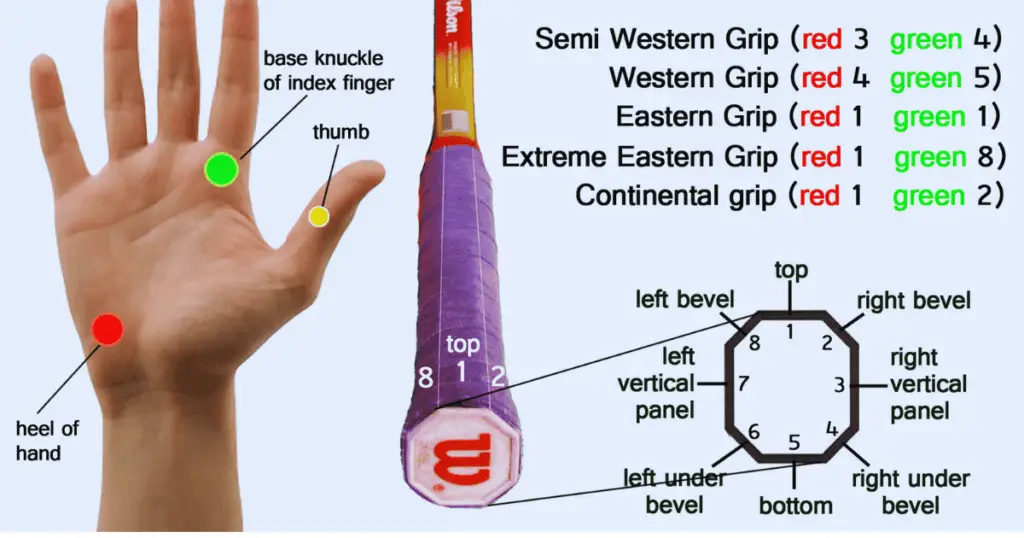
Now that we’ve established the significance of the Western grip, let’s break down the technique step by step to help you incorporate it seamlessly into your game.
Step 1: Hand Placement
Begin by placing the base knuckle of your index finger on the third bevel of the racket handle. Ensure a firm but comfortable grip, allowing for flexibility in your wrist movement.
Step 2: Experiment with Angles
Explore the optimal angle for your racket face. The unique positioning of the Western grip opens up possibilities for adjusting the angle, giving you control over the spin and trajectory of your shots.
Step 3: Practice Consistently
As with any technique, consistent practice is key to mastery. Dedicate time to drills that specifically focus on utilizing the Western grip. This will help you build muscle memory and enhance your comfort with this gripping style.
Modern Tennis and Western Grip Trends
In the fast-paced world of tennis, trends emerge and players adapt. The Western grip has become a hallmark of modern tennis, with professionals incorporating it into their playing styles. The likes of Rafael Nadal and Novak Djokovic have demonstrated the effectiveness of this grip on the grandest stages, further cementing its relevance in the contemporary game.
The success of the Western grip lies in its unique dynamics. The grip’s influence on spin, power, and shot control is backed by biomechanics that cater to the demands of the modern game. Understanding these dynamics provides players with a strategic edge, allowing them to make informed decisions on the court.
Choosing the Right Racket: Top-Rated Western Grip Tennis Rackets
As you embark on your journey to master the Western grip, it’s essential to equip yourself with the right tools. Here are some top-rated tennis rackets designed to complement the Western grip, along with their specifications and prices:
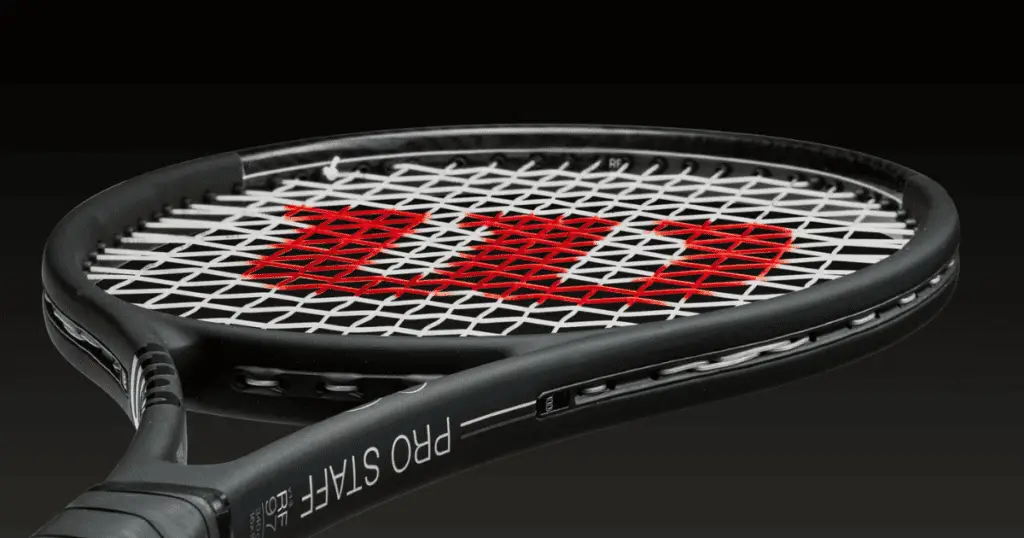
Wilson Pro Staff RF97 Autograph
- Price: $249.99
- Specifications: Head Size – 97 sq in, Weight – 12.6 oz, String Pattern – 16×19
Head Graphene 360+ Gravity Pro
- Price: $239.95
- Specifications: Head Size – 100 sq in, Weight – 11.7 oz, String Pattern – 18×20
Babolat Pure Aero
- Price: $219.00
- Specifications: Head Size – 100 sq in, Weight – 11.2 oz, String Pattern – 16×19
Yonex EZONE 98
- Price: $209.00
- Specifications: Head Size – 98 sq in, Weight – 11.4 oz, String Pattern – 16×19
Explore these top-notch rackets and find the perfect match for your game, enhancing your Western grip experience on the court.
Conclusion
In conclusion, the Western grip is a game changer for tennis enthusiasts looking to add finesse and power to their repertoire. From its historical roots to its contemporary dominance, this gripping style has stood the test of time. As you embrace the Western grip, remember that mastery comes with patience and practice. Incorporate it into your training regimen, experiment with its variations, and witness the transformation in your game. The court is your canvas, and the Western grip is your brush paint a masterpiece with every swing.
For a real-world demonstration of the power and effectiveness of the Western grip, look no further than tennis legend Rafael Nadal. His unmatched records and achievements in tennis are a testament to the impact of this gripping technique. Dive into the incredible career of Nadal and explore his achievements in our article on Rafael Nadal’s Records in Tennis.
Semi Western Grip?
The semi-western grip in tennis involves placing the base knuckle of the index finger on the fourth bevel of the racket handle, striking a balance between power and control. Positioned between the Eastern and Western grips, it enables players to generate topspin while maintaining precision, making it a versatile choice adaptable to various court surfaces.
Eastern Grip in Tennis?
The eastern grip in tennis involves placing the base knuckle of the index finger on the third bevel of the racket handle. Positioned between the Eastern and Western grips, it offers a balanced mix of power and control, making it a versatile choice for players aiming for moderate topspin and adaptability across various playing conditions.
Eastern Forehand Grip?
The Eastern forehand grip in tennis is characterized by placing the base knuckle of the index finger on the third bevel of the racket handle. Known for its balance of power and control, it is a popular choice among players, especially beginners, for its simplicity and versatility in transitioning between various strokes.
What is extreme Western Grip in Tennis?
The extreme Western grip in tennis involves placing the base knuckle of the index finger on the seventh bevel of the racket handle. Known for its extreme hand rotation, this grip is favored for its ability to generate maximum topspin on shots, particularly on the forehand side. While effective for high, looping shots, players using this grip may face challenges in shot variety and adaptability to different playing conditions.
Continental Grip in Tennis?
The continental grip in tennis involves placing the base knuckle of the index finger on the second bevel of the racket handle. Known for its neutrality, this grip allows seamless transitions between forehand and backhand shots, making it ideal for serving and volleying. While it may lack the extreme topspin of other grips, the continental grip offers precise ball control, catering to players who prefer a versatile and traditional approach on the court.
Tennis Grips?
Tennis grips refer to how a player holds the racket handle, impacting their ball-striking technique. Examples include Eastern, Western, Semi-Western, and Continental grips, each offering distinct advantages. The choice depends on factors like playing style and court surface. Mastering different grips enhances adaptability and overall performance on the tennis court.
Tennis Western Grip vs Eastern Grip?
The tennis Western grip and Eastern grip differ in hand placement on the racket handle, influencing playing styles. The Western grip, with the base knuckle on the third bevel, enhances topspin and forehand power, suitable for aggressive baseline play. In contrast, the Eastern grip, on the third or fourth bevel, offers versatility for various shots. The choice depends on a player’s preference and desired strengths on the court.
- How Long Do Tennis Matches Last - April 2, 2024
- Larry King Tennis - March 18, 2024
- Laver Cup 2024 - March 5, 2024
